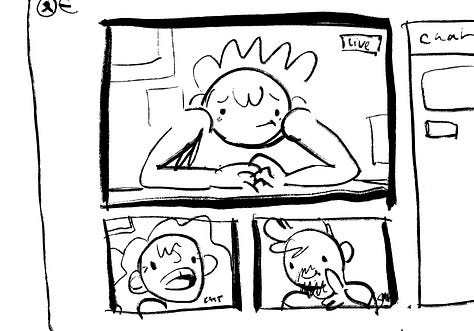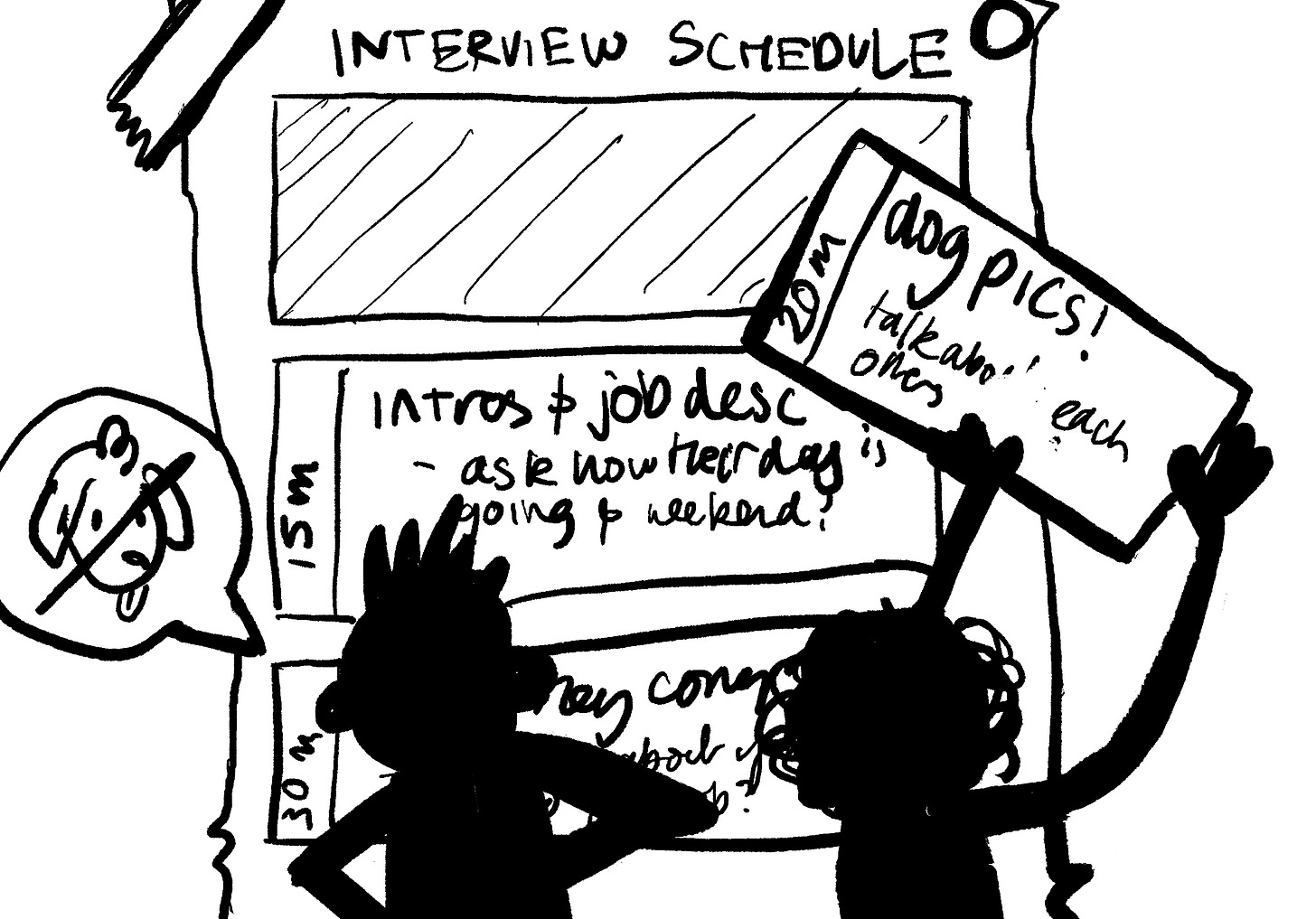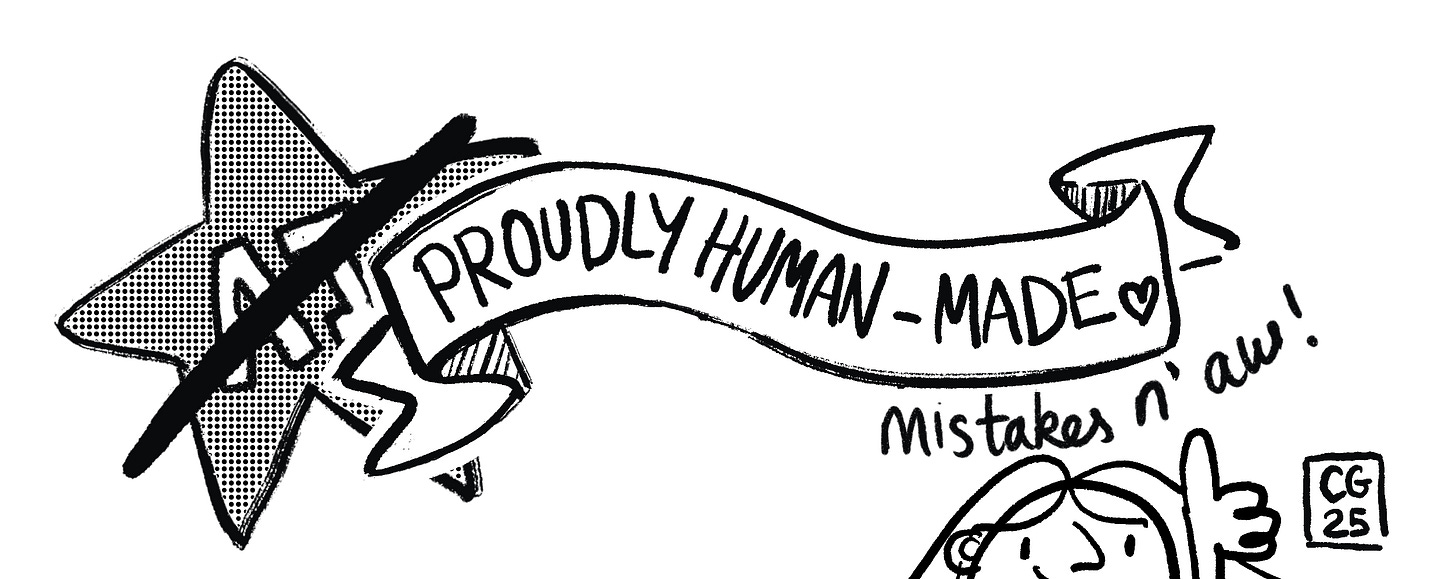Welcome to part 2 of my series on running interviews!
You would be forgiven for forgetting the contents of part one, given that it was posted in November last year! To jog your memory, I talked about all the pre-work you can do to prepare and make yourself a great interviewer - from investigating your existing process, to defining what a great candidate looks like.
From part 1, you should have a good idea on how to prepare yourself, know what you should be looking for in a candidate and what questions to ask. But what about running the thing itself?



I’ve had the pleasure of refining the design hiring process at Glowmade, Drest and Memrise, my last three roles in UX leadership. So what I give you here comes from years of experimentation, and the context of three very different businesses. I hope you can apply at least some of it to whatever your situation is!
Give the interviewee context
People do their best when they are at ease. An interview is a stressful situation, so you’re never going to get someone’s 100% true authentic self - but you can get them closer to it by putting them at ease, and giving them the context that may be obvious to you, but obtuse to them.

Some easy things you can do to put a candidate at ease are…
ensure the candidate has information about the whole process as early as possible. This relies on you being on the same page as your recruiter.
open the interview with a list of what will happen in that interview
“We’ll do introductions around the room, spend about 20 mins on your folio, 20 mins on basic interview questions, then there’s time for you to ask questions. Does that sound good?”
reiterate what the role is, and the key competencies you’re looking for. It’s not cheating to tell the interviewee this!
practice being open and honest- it’s no good to pretend to be buddy-buddy when you both know you’re evaluating the candidate.
“Obviously, this interview is for us to evaluate you, so we’ll need to ask some of the cliché interview questions. But this is also an opportunity for you to evaluate us, and figure out if you’d be happy and fulfilled in this role.”
“I know interviews are stressful, they stress me out too! I want you to be your honest self, but I understand that’s not always possible in this context. Feel free to grab some water or repeat yoruself / stop us if you realise you’ve gone down the wrong path. And if there’s anything you forget to cover today, you can email after :) “
At the end of the day, we’re making software, not defending national secrets (well, I certainly hope GCHQ has a more rigorous process than this!) Leave the gruff bad cop style for the movies.
Make a interview structure that works
This will change based on the specifics of your business, but the structure I like to follow is this.
Before the call
Make your list of questions (see part 1). Have a scratch doc open, to note down things about the candidate’s answers as you go.
Read the CV, stalk their portfolio and social media presence, and note anything you’re particularly interested in or worried about
Meet with your co-interviewer (I hope you have one!)
raise anything you’re interested in or worried about, and decide how to ask about it
decide who leads and who makes notes. This doesn’t mean the note-taker can’t speak, but it ensures you have detailed notes for whatever your evaluation will be.
During
Introduce yourself and give the interviewee context (see above)
Actual questions in interview are highly dependent on the job role, your company’s needs, and their seniority, to which I can’t really help. However if you follow the tips in my first article, they will be good ones!
Dedicate around 1/3 to introductions and putting them at ease or getting to know them, 1/3 to “tougher” interview questions, and 1/3 to follow up questions, and giving them time to ask their own.
After
Thank them for their time and let them know they can always email if something comes up (a question they forgot to ask etc)
This has never happened to me but it is a nice closer.
Leave the call- and immediately jump on another with your co-interviewer. Ask the note-taker (the person who was a bit more secondary, asking fewer questions etc) what their impression was, without leading questions. Their impression may be very different to your own.
immediately note your evaluation in whatever arcane software you use. It’s so easy to forget the little things, even a few hours later!
Enjoy your freedom.
Bonus round - evaluate the PROCESS!
The first few interviews you run are always mediocre in some way or another. Maybe your audio setup is bad, or you dedicate too much time to introductions, or you talk too much.
Note these down as soon as you’re out of your evaluation. Otherwise you’ll forget. And you’ll make it better next time!
This structure, combined with the pre-preparation I outlined in my last article, should allow you to run a great interview, have a less stressed out candidate and have the context and documentation you need to make the right choice for your team and business.
Got any tips I missed out here? Totally disagree with my methods? Sound out in the comments below! DEFINITELY not a method for farming engagement, me, never.
See you in 2026 (jokes)
C x




